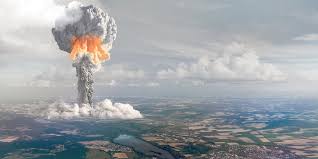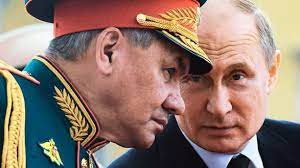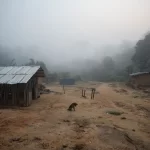Over the past week, the Russian high-rank politicians actively threatened to use nuclear weapons and hints at possibility to apply its nuclear doctrine to the temporarily occupied territories of Ukraine.
In addition, on September 24, Lavrov stated that ‘the entire territory of the Russian Federation, which is enshrined and can be additionally enshrined in the Constitution of the Russian Federation, is, of course, under the full protection of the state; this is absolutely natural. All laws, doctrines, concepts and strategies of the Russian Federation apply to its entire territory’.
Thus, Russia uses nuclear threats to intimidate the West and weaken its support for Ukraine. The Kremlin does its best to raise the stakes and blackmail, though using nuclear weapons by Moscow is still remote possibility. It is explained by the fact that because of international restrictions on nuclear tests nobody can know for sure how many combat nuclear warheads Russia has. Based on the technical condition of the Russian weapons used in Ukraine, about 15% of its nuclear arsenal is assumed to be not combat-ready. On average, 10 out of 30 submarine launches are unsuccessful. Thus, according to the estimates, a third of the missiles may overshoot a target.

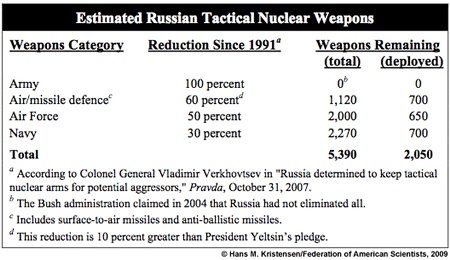
80% of Russian nuclear potential can be neutralized by striking four critical points: Gadzhiyevo, Murmansk Oblast; Vilyuchinsk in Kamchatka, an airfield near the city of Engelsk, Saratov Oblast, and a bomber base in Ukrainka, Amur Oblast. The rest mobile complexes (such as Topol and Yars) can be destroyed with high-precision weapons. At the same time, the possibility to cause any harm to the United States and its allies by launching a ‘preemptive strike’ sets to zero.
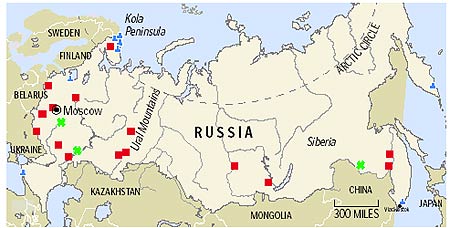
Taking into consideration the current circumstances the determination of the West to use nuclear weapons in response is a clear signal to prevent Russia from nuclear escalation. It should be emphasized once again that, according to his conviction, Putin fights with the West. Therefore, this confrontation is existential for him, and does not depend on the situation in Ukraine. The Russian leader must realize that intimidation is a useless and failure-led tool.
Russia’s nuclear threats are unacceptable that is why the world must take measures to prevent from using of such weapons.
By blackmailing with the nuclear weapon the Kremlin intends to sow discord within the EU and NATO.
Russia uses nuclear rhetoric as a tool to blackmail, bid-raise and intimidate. According to the operational code for the Kremlin, any concessions in response to its actions would prove effectiveness of pressure. Therefore, concessions will not stop Putin; he must realize that the ‘nuclear’ rhetoric brings neither dividends nor results. Ultimately, he will have to leave this idea.
Putin is confident that the very demonstration of the unpunished use of nuclear weapons in an armed conflict will make the West to recognize its power and force the whole world to reckon with it and accept his claims. Putin’s psychological profile shows that he understands the language of power. Obviously, the closer is the failure of his plans, the more blemish is the nuclear weapons choice, both for himself and his environment.
In case of applying nuclear weapons, Russia will face a strong US response that will turn into a catastrophe for Russia itself. In the same tone British Prime Minister Liz Truss has pledged their readiness to launch responsive nuclear strike if Moscow decides to realize nuclear threats.
In summary, if the Russian Federation dares to detonate a tactical nuclear charge on the territory of Ukraine as ‘nuclear shock’, there are three possible response options.
- responsive strike with tactical nuclear weapons against Russia-controlled uninhabited territory;
non-forcible response in the form of harsh sanctions and isolation of the Russian Federation;
- forcible response with using conventional weapons, a stunning attack by the armed forces of the United States and its allies on Russian troops on the territory of Ukraine without applying the mass destruction weapons.
The most dangerous options are the first (strongest) and the second (the weakest), although the conventional response variant (the third one) is probable the most effective.

Read also: Minsk joined Russia’s nuclear blackmail


